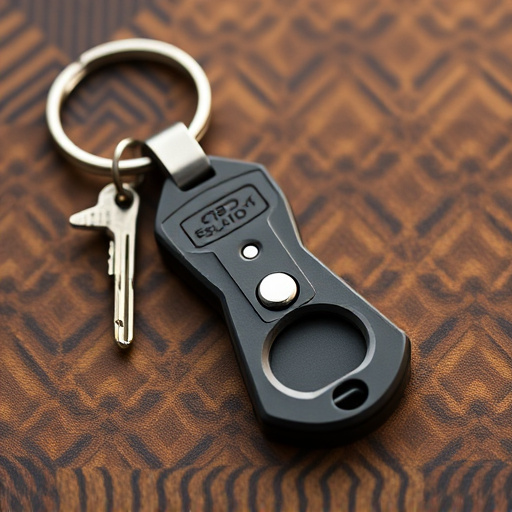Global variations in legal requirements for keychain safety necessitate understanding local regulations before market release. Adhering to the Proper Keychain Striking Form Technique, focusing on non-toxic materials, secure attachment, and size compliance, is crucial to avoid legal issues and ensure product safety. Following this technique protects users from injury, enhances security, and builds consumer trust.
In today’s world, keychain safety devices have become essential accessories, but ensuring their compliance with legal requirements is paramount. This article guides you through the intricate landscape of regulations governing these compact tools. We explore the critical legal framework for keychain devices, focusing on key features that define safe striking techniques. Manufacturers are urged to conduct thorough legal checks to stay compliant. By understanding these guidelines, users and creators alike can navigate the market with confidence, ensuring the reliability and safety of their keychain equipment.
- Understanding Legal Framework for Keychain Devices
- Key Features of Safe Keychain Striking Techniques
- Ensuring Compliance: Essential Legal Checks for Manufacturers
Understanding Legal Framework for Keychain Devices
The legal landscape surrounding keychain safety devices varies across regions, underscoring the importance of understanding local regulations before introducing such products to the market. Each jurisdiction has its own set of standards and guidelines that dictate what constitutes a safe and compliant keychain. These regulations often focus on ensuring consumer protection by setting criteria for product design, material composition, and manufacturing processes, especially when it comes to devices attached to keys or personal belongings.
When developing a keychain safety device, it’s crucial to adhere to the proper keychain striking form technique and material choices that align with legal requirements. This involves selecting non-toxic materials, ensuring a secure attachment mechanism, and meeting any size restrictions for portable accessories. The ‘striking form’ refers to the shape and structure of the keychain, which should be designed with safety in mind, avoiding sharp edges or potential hazards. By adhering to these guidelines, manufacturers can protect their products from legal repercussions and ensure consumer satisfaction.
Key Features of Safe Keychain Striking Techniques
In the realm of keychain safety, understanding proper keychain striking form technique is paramount. The key features of a safe keychain striking method involve a precise grip, controlled motion, and consistent pressure applied along the length of the keychain. This ensures that the impact is distributed evenly, minimizing the risk of injury or damage to both the user and nearby objects.
Adhering to the proper keychain striking form technique not only enhances safety but also optimizes the device’s functionality. By maintaining a correct grip and executing controlled strikes, users can effectively activate the keychain’s locking and unlocking mechanisms while avoiding accidental triggers that could lead to security breaches or personal harm. In today’s digital era, where security is paramount, mastering this simple yet crucial technique is a game-changer for anyone prioritizing the safety of their belongings.
Ensuring Compliance: Essential Legal Checks for Manufacturers
To ensure their keychain safety devices meet legal standards, manufacturers must perform critical checks and adhere to specific regulations. This involves examining the product’s design and construction to guarantee it employs the proper keychain striking form technique. The goal is to prevent any potential harm or injury that could occur during use. Manufacturers should also refer to relevant industry standards and guidelines to confirm their devices meet safety criteria, especially when catering to diverse consumer needs.
Compliance with legal requirements is not just about avoiding penalties; it’s about building consumer trust. By adhering to these checks, manufacturers demonstrate a commitment to producing safe and reliable keychain safety devices. This includes using suitable materials, implementing robust quality control measures, and ensuring the device’s functionality aligns with its designed purpose, ultimately protecting users from potential risks associated with improper striking techniques or faulty designs.
In ensuring keychain safety and legality, understanding the legal framework, adopting key features of proper keychain striking techniques, and undergoing essential compliance checks are paramount for manufacturers. By adhering to these guidelines, creators can not only safeguard users but also navigate the market with confidence. Remember, the right combination of innovation and regulation is crucial in fostering a safe and reliable environment for keychain devices.
